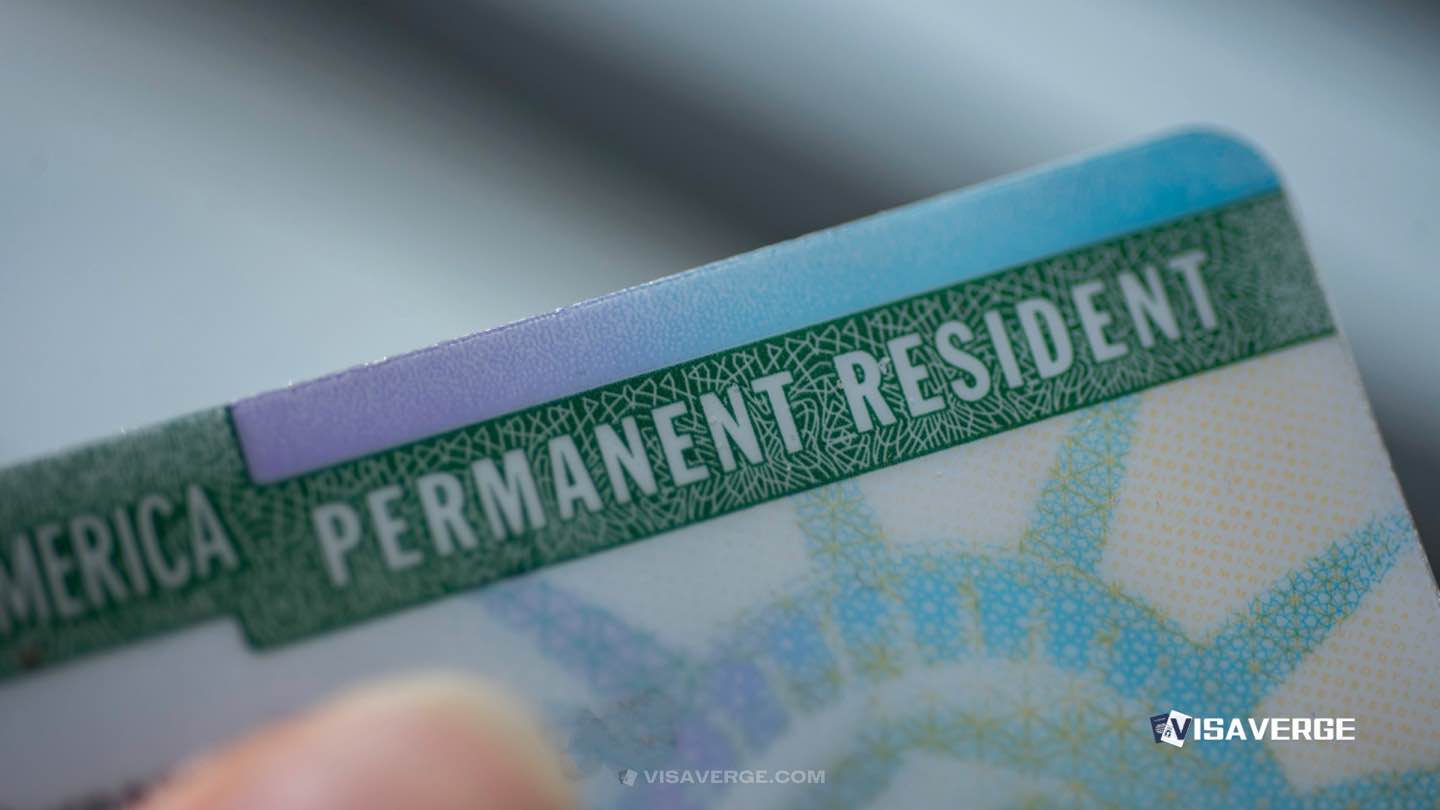A claim spreading online that a Green Card holder in ICE custody said the food “wasn’t fit for his dog” is not supported by any credible record as of August 18, 2025. Extensive reviews of recent news reports, agency updates, detention monitoring, and advocacy releases show no verified report of such an incident.
It would also be highly unlikely inside the United States detention system because ICE facilities do not allow detainees to keep pets, and existing standards cover only human care, not animals.

What the rules actually say about food and pets
ICE’s National Detention Standards (NDS 2019) and the Performance-Based National Detention Standards (PBNDS 2011) set rules for meals, nutrition, medical access, and legal access for people in custody. These standards:
- Require meals to meet nutritional guidelines.
- Require that special diets (medical or religious) be respected.
- Describe procedures for facility inspections and compliance reviews.
These standards do not include any process for pet feeding or pet housing. That gap matches current practice: facilities do not admit detainees’ animals, and there are no official procedures that put pets in the same setting as detained people.
For readers who want to check ICE’s published standards, the agency’s detention standards page is here: https://www.ice.gov/detention-standards
Why the claim is unlikely and unverified
- No credible news outlets, detention monitors, advocacy groups, or agency updates have reported a detained Green Card holder making such a statement.
- VisaVerge.com analysis of public reporting in 2024 and 2025 found no case matching the online claim.
- Experts and advocacy organizations tracking detention conditions would likely flag an unusual case involving animals; none have reported one.
Important: ICE facilities do not house detainees’ pets, so any claim about pet food inside civil immigration detention contradicts how the system operates.
The real concerns about food and care in detention
The discussion about food inside detention centers is real—but it concerns people, not pets. Key issues raised by advocates, legal experts, and detainees include:
- Nutrition and meal quality: freshness, variety, portion size, and whether dietary needs are met.
- Medical access: timely screenings, treatment for chronic conditions, and responsiveness to health complaints.
- Legal access: ability to contact counsel, make calls, and receive visits.
Reports in 2025 have emphasized these human-focused concerns. Examples cited repeatedly:
- Some detainees describe meals as bland or repetitive.
- Others say portions sometimes fall short.
- ICE maintains it follows standards and investigates complaints; oversight visits check menus, kitchens, and handling of special diets.
Why oversight matters more as populations grow
Detention populations rose sharply in 2025, intensifying scrutiny of conditions:
- By June 2025, detention population reached over 59,000 individuals, with nearly half having no criminal record.
- The system expanded to a capacity of more than 54,000 beds.
- Arrests roughly doubled year-over-year following changes in enforcement priorities under President Trump.
- The recently enacted Laken Riley Act mandates detention for certain noncitizens accused of crimes, further increasing daily population and strain.
When facilities run near capacity, small failures (a late medical exam or a missed special-diet request) can escalate. Factors that increase risk include:
- Staff fatigue and high transfer rates.
- Administrative delays in recordkeeping.
- Limited oversight at remote sites run by county jails or private contractors.
Legal service groups warn that scale can reduce accountability, especially in locations rarely visited by outside monitors.
Practical effects on families and detained people
For families and detainees, the stakes are immediate and human:
- Relatives often rush to confirm location, request medical assessments, or seek special diets if a Green Card holder is detained.
- Loved ones outside may simultaneously try to secure pets (dogs or cats) left behind, adding stress—but those pets remain outside the detention environment.
- The standards apply uniformly to all detainees, including lawful permanent residents, promising regular meals and medical attention and access to legal calls and visits. In practice, these rights can feel diminished when the system is stretched.
Where animal issues do arise
Animal-related issues in immigration contexts tend to appear in other settings:
- At border crossings or temporary holding areas, travelers sometimes manage pets themselves while processing occurs.
- Those animals are not transferred into civil immigration detention with their owners.
Summary and key takeaway
- There is no confirmed case of a Green Card holder in ICE detention saying the food was unfit “for his dog.”
- ICE facilities do not admit detainees’ pets, and detention standards apply only to human care.
- The ongoing, documented debate concerns human meals, health care, and access to lawyers—issues that are growing more urgent as detention populations expand.
Key question moving forward: with over 59,000 people in custody, can facilities maintain timely medical screenings, honor dietary requests, and ensure legal access—especially as policies and enforcement priorities change and populations surge?
This Article in a Nutshell
Online claims about a Green Card holder in ICE custody saying the food wasn’t fit for his dog lack verification. ICE facilities prohibit detainees’ pets, and detention standards address human nutrition, medical access, and legal access. With over 59,000 people detained by June 2025, oversight and humane care remain urgent priorities.












